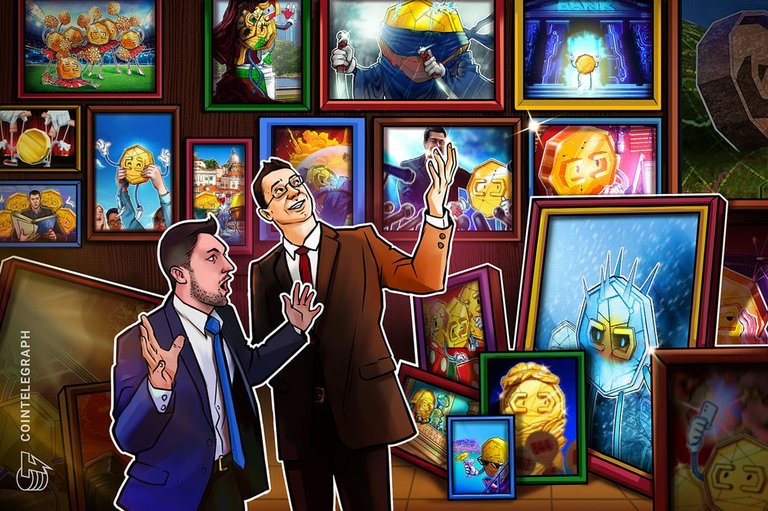The Art market is a $65 billion industry with transaction volumes reported to exceed 39.4m worldwide. With the impending digitalization of everything, thanks to advancements in technology over the years, the Art market is positioned as a high-value ecosystem that will benefit vastly from the intrinsic security and economic solutions of tokenization.
The art market by definition, is essentially a global network of buyers, sellers, and intermediaries engaged in the exchange of artworks.
Settled trades within the Art market covers various forms of art including paintings, sculptures, and digital creations, often enabled through auction houses, galleries, private sales, and online trade platforms. The market operates on principles of value perception, rarity, and demand, influenced sometimes by factors like cultural trends, economic conditions, and investor interest.
As the saying goes, beauty is in the eyes of the beholder, and this plays a major role in the valuation of Art pieces and essentially, the success of creators in the industry.
Tokenization of Art: Why it matters
The convergence of blockchain solutions such as tokenization with traditional assets, products and service markets is a transition into a ownership-driven, secure and more flexible system of trade.
The tokenization of art pieces and effective reshaping of its trade markets through integrated blockchain-powered platforms comes with various benefits.
To explore these benefits, we simply have to look at the flaws that already exist within the art market and examine how tokenization improves or fixes them.
For today's focus, we'll be looking at the very top of the list, which is liquidity, something the Art market lacks and that frankly influences every aspects of a given market. Despite being a billion-dollar market with millions in trade volume, the Art market remains vastly illiquid. Remember those pretty numbers I threw out there at the start of this article?
Well, they are merely just pretty numbers and do not tell the ugly truth of the art market. You think of art as a creator and your mind wonders through fantasies of pulling in millions in sales of your brilliant pieces. It's okay to dream big but you may be crushed to find out that the market isn't as pretty as advertised by those numbers above.
Key things to note here is that there are more art created than there are sold, yearly. In fact, roughly 30% of Art galleries are running a loss-heavy business according to reports.
Why would this be the case? Well, we are exploring the illiquidity of the art market, so it only makes sense that the only reason galleries should be losing money is because there's a limited pool of buyers because less buyers equals less art purchases which leaves the market illiquid and revenue below cost of operation.
It is estimated that 125 to 250 million Art pieces are created every year, and judging by 39.4m in transaction volume, it's expected that a significant number of those creations don't get sold. What's important to note here is that 39.4 million in transaction doesn't represent the number of “unique” art pieces sold as one art could be sold multiple times, so the actual number of art sold is expectedly lower.
The traditional art market has more art creators than there are art collectors and there's a good reason for that. Most art is overpriced, and the industry is branded as “exclusive” and that discourages small-time investors from getting involved.
The NFT market is already showing great strength, pulling in over $6.3 billion in “real sales volume” in 2024 across over 66 million transactions. This is more transactions than the traditional market which just indicates that blockchain’s flexibility and open market solutions enables more active involvement of regular investors in assets and products markets.
That said, the markets for tokenized art is still at the very early stage as fractional ownership is yet to kick in. The future of the Art market lies in fractional ownership, where NFTs don't just represent secured ownership of art, but there's an integrated system for fungible tokens linked to art pieces, enabling investors collectively own an art work.
This development would bring about a more liquid art market because irrespective of high-priced art pieces, investors are encouraged regardless as tokenization enables secure pooled ownership that brings about collective benefits from a rise in value of the various art pieces.
Posted Using INLEO

Very nice, strategic and very commercial we would have the art of the future, very profitable.
Muy bonito, comercial y estratégico sería el arte del futuro.
https://inleo.io/threads/view/omarrojas/re-leothreads-24jvh8vtf?referral=omarrojas